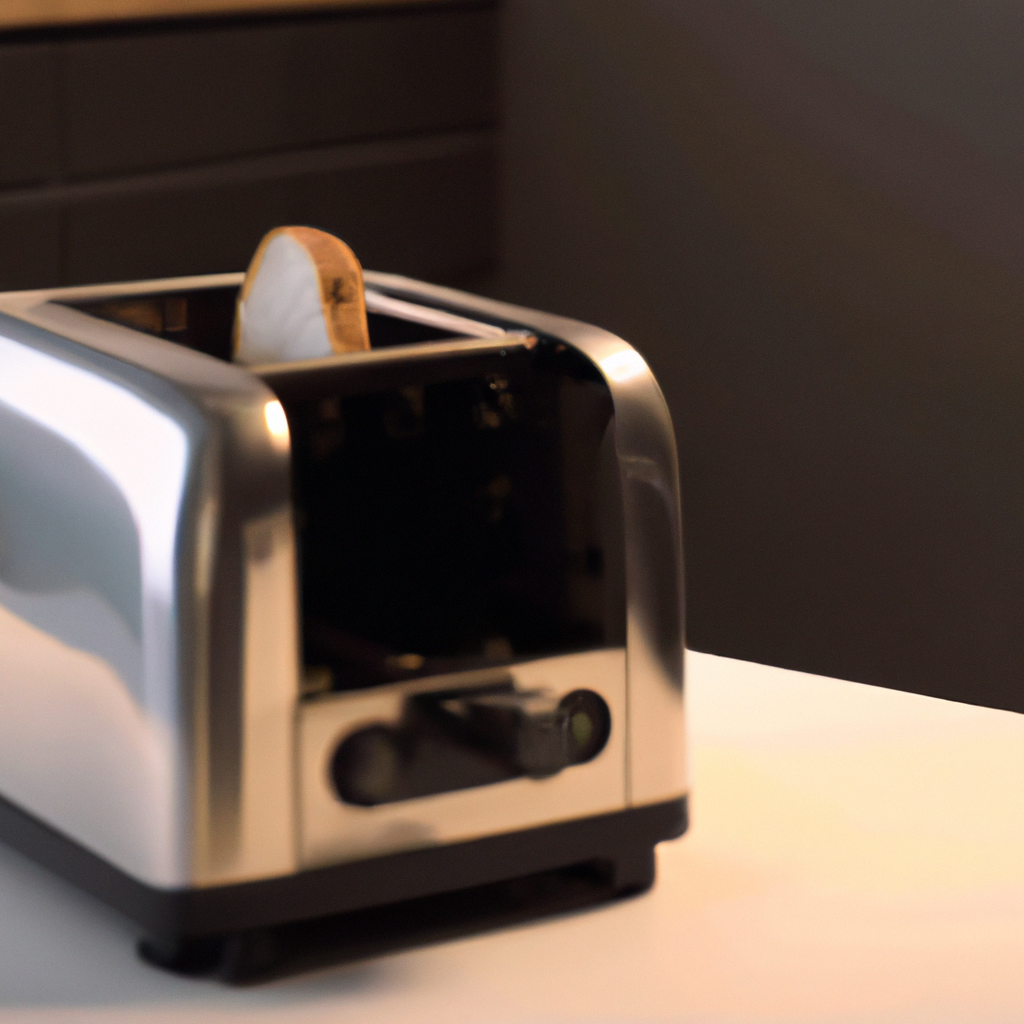Have you ever wondered how a toaster works? This kitchen appliance has been a staple in breakfast routines for decades, but most people don’t know how it actually works. In this article, we will take a closer look at the toaster mechanism, toaster parts, and toaster technology to understand how it all comes together to produce perfectly toasted bread.
The History of the Toaster
Before we dive into the technicalities of a toaster, let’s take a brief look at its history. The first electric toaster was invented in 1893 by a Scottish scientist named Alan MacMasters. It was a simple device that had a wire element and a plate to hold the bread. Over the years, toasters have evolved into more advanced appliances with features like automatic pop-up and browning controls.
The Toaster Mechanism
The basic mechanism of a toaster is quite simple. It consists of a metal frame, heating elements, a bread carriage, and a control panel. When you insert bread into the toaster, it rests on a metal carriage that is lowered into the toaster’s slots. The heating elements, which are located on either side of the slots, then start to heat up, and the bread begins to toast.
Toaster Parts
To better understand how a toaster works, let’s take a closer look at its parts. The following are the main parts of a toaster:
1. Metal Frame – The metal frame holds all the other parts in place and provides a stable base for the toaster.
2. Heating Elements – These are the parts of the toaster that actually heat up and toast the bread. They are usually made of metal wires that are twisted together to form a coil.
3. Bread Carriage – The bread carriage is the part of the toaster that holds the bread in place while it is being toasted. It is usually made of metal and has two slots for the bread.
4. Control Panel – The control panel is where you set the toasting time and other settings, such as the browning level.
Toaster Technology
Toasters have come a long way since the first electric toaster was invented. Today’s toasters use advanced technology to ensure that the bread is toasted evenly and to your desired level of doneness. The following are some of the technologies used in modern toasters:
1. Automatic Pop-Up – This feature automatically pops the bread out of the toaster when it is done toasting.
2. Browning Control – This feature allows you to adjust the level of browning on your toast.
3. Bagel Setting – This feature toasts one side of the bagel while keeping the other side warm.
4. Reheat Setting – This feature allows you to reheat previously toasted bread without burning it.
Toaster Heating
The heating elements in a toaster are responsible for heating up the bread and toasting it. When the toaster is turned on, an electric current flows through the heating elements, causing them to heat up. The heat is then transferred to the bread, which causes it to toast.
Toaster Safety
Toasters can be dangerous if not used properly. Here are some safety tips to keep in mind when using a toaster:
1. Never stick anything other than bread into the toaster.
2. Always unplug the toaster when it is not in use.
3. Do not leave the toaster unattended while it is in use.
4. Keep the toaster away from flammable materials, such as curtains and paper.
Conclusion
In conclusion, a toaster is a simple yet important kitchen appliance that has been a part of our breakfast routines for over a century. Its mechanism, parts, and technology have evolved over time to produce perfectly toasted bread. By understanding how a toaster works, you can make the most out of this versatile kitchen appliance while ensuring your safety and the safety of those around you.







